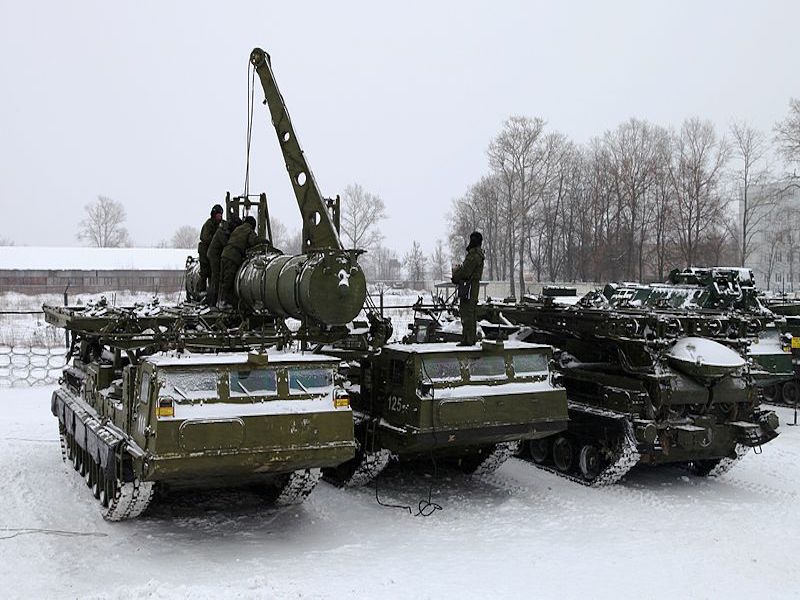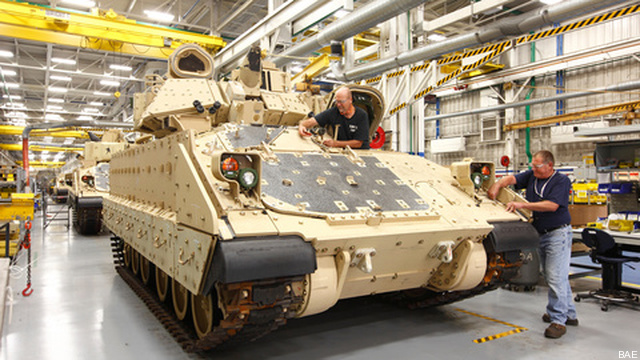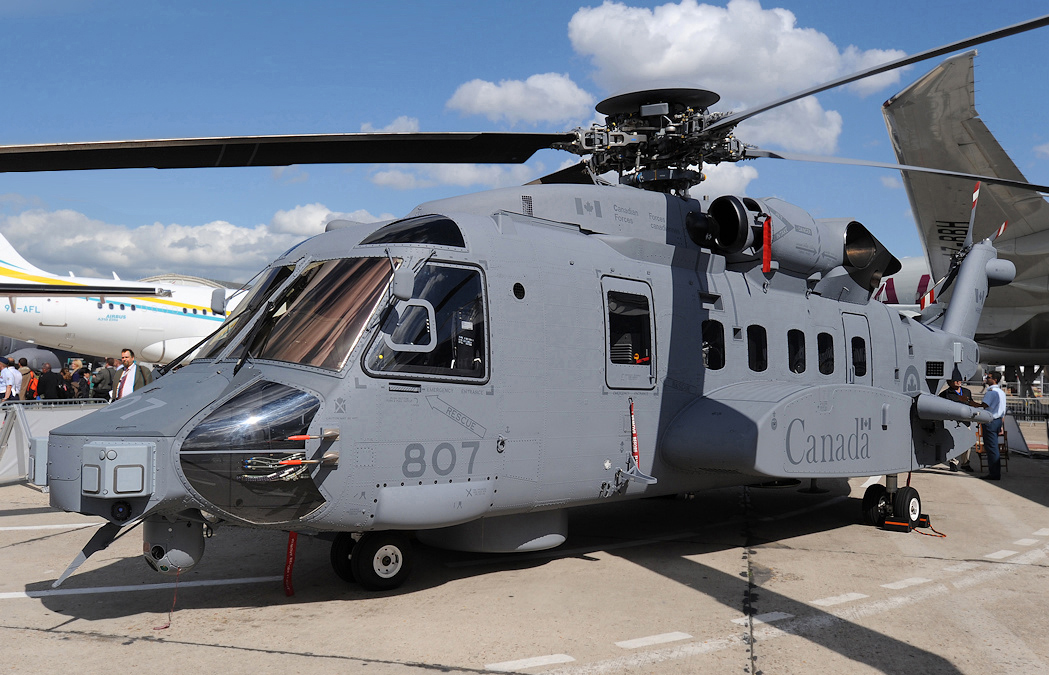Sources close to the Kremlin have transmitted that during the Putin-Erdogan meeting on October 10, 2016, the leaders discussed the issue of supplying the Turkish military with a modern air defence system from Russia. Reportedly, a Kremlin spokesperson said that if the request comes from the Turkish side, Russia will consider the possibility of delivering one of the most sophisticated air defence systems available in the Russian defence industry. Dmitry Peskov, another spokesperson for the Kremlin, went even further by arguing that the potential military trade between Turkey and Russia is purely a commercial affair and act of cooperation. All this happened while Turkey annulled the agreement of 3.5 billion dollars USD to receive a fresh missile defence system from China on November 2015. It is important to note that the competition of supplying Turkey with Russia’s S300-S400i military defence systems includes the US Patriot system, China’s FD-2000 and the Italian-French consortium with the T system.
The international security community is observing a pivotal maneuver of Russian military corporations which now take the lead in the world’s military trade. We should not forget that on October 4, 2016, the Russian Military had delivered an S-300 air defence missile system to its naval base in Syria’s port of Tartus. According to sources, the fresh S-300 missile system aims to ensure the safety of the Tartus naval base, which is crucial to Russian interests, as well as to the ships located in the coastal area widely surrounding the port. Diplomatic sources went further by arguing that the S-300 poses no threat to anyone – especially to the United States – as it, by construction, is a purely defensive system. The statement had come hours after top US military officials publicly accused Russia for deploying threatening military equipment capable of harming US interests in the region.
Further, on October 14, 2016, the first aircraft carrying humanitarian aid from Armenia to Syria landed in Latakia’s Khmeimim Russian base. This is important mainly because, for the first time, the Khmeimim’s base was used officially by the Russian military. The Khmeimim air base was built in mid-2015, adjacent to the Bassad al-Assad International Airport to serve as the strategic centre of Russia’s military operation against the Islamic State. On August 16, 2015, Russian warplanes reportedly took off from a base in Iran to launch airstrikes on the Islamic State group in Syria, making it the first time they have used facilities outside Russia or Syria for air operations against the extremist group. That day, the planes, which took off from the Hamadan air base in Iran, destroyed five armament depots, three command posts, and militant training camps in Aleppo, Deir el-Zor and Idlib.
Previously, Russian warplanes were launching strikes from bases within the war-torn country and from Russia itself. However, Russia and Iran have expanded their cooperation in recent months due to Iran’s interest in Russia’s Bastion mobile coastal defence missile system and also because of Iran’s plan to spend more than $8bn USD on Russian arms. It is quite visible that Russia is gaining credit by building a strong military trade relationship with countries outside of the Shia bloc. Turkey’s potential supply is likely to elevate Russian military dominance in the region – something that is not likely to remain unanswered by the West.
The above instances led to the agreement between Damascus and Moscow for the indefinite growth of Russian air forces in the military’s khmeimim airport in Syria. That agreement, signed on August 26, 2015, is expected to provide the Russian Air Forces with a permanent installation on the military base, one that will be used by Moscow for operations conducted against the rebels in support of the Syrian army. To be noted, more than 4,300 Russian troops are stationed in Syria, most of them in the air base khmeimim, near Latakia. In any case, Russia’s pivotal trading could be considered as an alternative way to dominate the region while attempting to divide the Sunni bloc in the long-term.
Photo: 202 Air Defence Brigade Russia, by Vitaly V. Kuzmin via Wikimedia Commons. Licensed under CC BY-SA 4.0.
Disclaimer: Any views or opinions expressed in articles are solely those of the authors and do not necessarily represent the views of the NATO Association of Canada.




